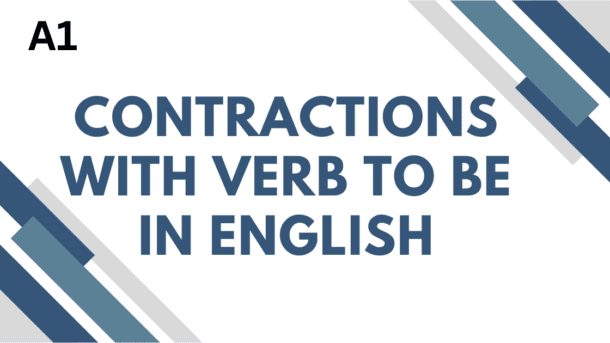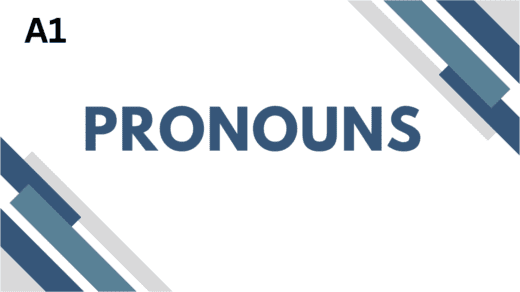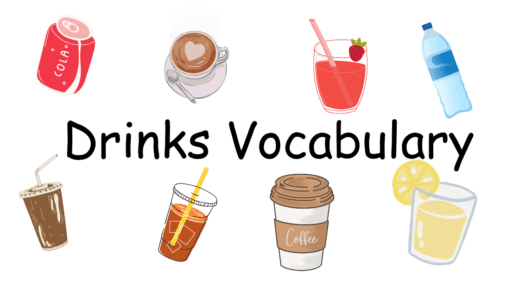Contractions with verb to be are a fundamental aspect of the English language, used to combine two words into a shortened form. This practice often makes speech and writing more fluid and natural. One of the most common verbs to use in contractions is “to be,” which serves as an auxiliary (helping) verb and a main verb for descriptions, states, and existence.
Understanding “To Be”
The verb “to be” has various forms based on tense and subject pronouns. These forms are:
- Present tense: am, is, are
- Past tense: was, were
- Future tense: will be
In contractions with verb to be, “to be” forms can be combined with pronouns or other words.
contractions with verb to be: Present Tense Contractions
- I am → I’m
- Example: I’m going to the store.
- He is → He’s
- Example: He’s a talented musician.
- She is → She’s
- Example: She’s my sister.
- It is → It’s
- Example: It’s raining outside.
- We are → We’re
- Example: We’re planning a trip.
- You are → You’re
- Example: You’re my best friend.
- They are → They’re
- Example: They’re watching a movie.
Using Contractions with verb to be in Context
Contractions can enhance the flow of conversation and create a more informal tone. They are particularly common in spoken English and casual writing. Here are some ways to use contractions effectively:
- Affirmations: Contractions can make positive statements more engaging.
- Example: “You’re amazing at what you do!”
- Questions: Asking questions with contractions may sound more conversational.
- Example: “Is she joining us for dinner?”
Negative Contractions with verb to be
Negative contractions combine “to be” with “not” to indicate negation. The structure often shortens “not” to “n’t.”
- I am not → I’m not
- Example: I’m not going to the party.
- He is not → He’s not
- Example: He’s not feeling well.
- She is not → She’s not
- Example: She’s not interested in the show.
- It is not → It’s not
- Example: It’s not what you think.
- We are not → We’re not
- Example: We’re not ready yet.
- You are not → You’re not
- Example: You’re not allowed to do that.
- They are not → They’re not
- Example: They’re not coming with us.
contractions with verb to be: Common Usage Errors
- Confusing “it’s” with “its”:
- “It’s” is a contraction for “it is” or “it has.”
- “Its” is a possessive form indicating something belongs to “it.”
- Example: It’s going to rain (it is). The cat licked its paw.
- Overusing contractions in formal writing:
- While contractions can make writing sound approachable, they should be avoided in formal documents like research papers or business communications.
Practice Exercises
To reinforce understanding, here are some exercises. Fill in the blanks with the appropriate contraction.
- She ____ (is) going to the concert.
- They ____ (are not) interested in the meeting.
- I _____ (am) late for class.
- He _____ (is not) my brother.
- You _____ (are) doing a great job.
Answers:
- She’s
- They’re not
- I’m
- He’s not
- You’re
Examples of Dialogue Using Contractions with verb to be
Here’s a short conversation highlighting contractions with “to be”:
- A: Hey, where’s John?
- B: He’s in the kitchen. He’s making dinner.
- A: Is that so? I thought he’d be at the gym!
- B: No, he isn’t. He’s not feeling up to it today.
- A: I’m glad I asked.
contractions with verb to be: Conclusion
Contractions with “to be” are commonplace in English speech and writing, serving to create a conversational tone. Understanding how to use these contractions will improve both your spoken and written English. By mastering contractions, you can enhance your fluency, making you sound more like a native speaker. Practice using them in various sentences to become more comfortable with their forms and functions. Contractions not only streamline communication but also make interactions feel warmer and friendlier—essential for effective language use in everyday situations.




